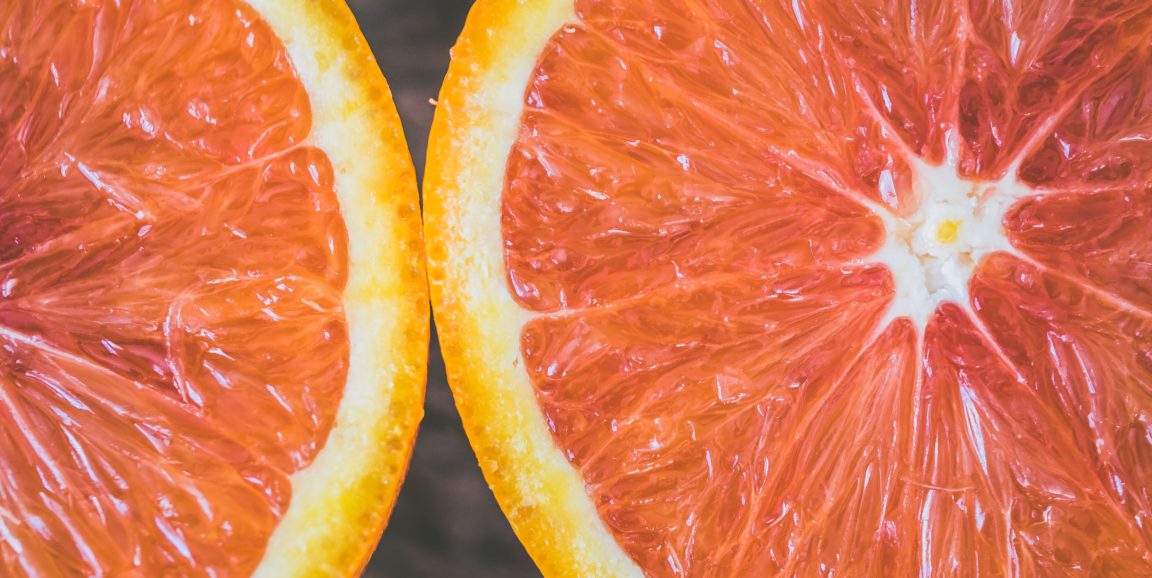From the name alone, "dry mouth" doesn't sound all that bad. But for head and neck cancer patients, who have had their salivary glands permanently impaired by radiation, dry mouth is a dreadful complication. They may struggle to speak or swallow — sometimes even having to get up in the middle of the night to grab water just for a little relief, Stanford head and neck cancer specialist Quynh-Thu Le, MD, told me.
On top of that, without a base level of cleansing saliva, bacteria feast on teeth, leading to cavities and, in some cases, the need to remove all teeth, Le said.
And, the only approved treatment for this condition, a drug called amifostine, regularly causes nausea and low blood pressure, to the degree that it is rarely used clinically, Le said.
Enter a clinician (Le), a basic scientist (Daria Mochly-Rosen, PhD, professor of chemical and systems biology), and an enterprising musician-turned-graduate student (Julie Saiki). Also a library of traditional Chinese medicines and a supporting team of other specialists.
As described in a Stanford Medicine press release:
The key to retaining salivary function is protecting... rare but critical stem and progenitor cells. That’s tricky because, following radiation therapy, toxic, highly reactive compounds called aldehydes are created in the [salivary] gland, gumming up cellular function.
An enzyme called aldehyde dehydrogenase 3A1 is found in high concentrations in these important cells. Like other members of the aldehyde dehydrogenase family of enzymes — a speciality of Mochly-Rosen — ALDH3A1 neutralizes problematic aldehydes. But to disarm the gobs of radiation-sparked aldehydes, ALDH3A1 needed a strong jolt of oomph. And for that oomph, the researchers looked to a library of 135 traditional Chinese extracts.
The release takes over the tale:
Many of those extracts have been used as treatments for various ailments in humans for hundreds of years, boosting the likelihood they are safe to use, Mochly-Rosen said.
Her team found that seven of these 135 extracts boosted ALDH3A1 activity. It was up to Saiki to see if she could break apart these complex natural extracts — from plants including tangerine, lotus and an Asian rhizome known as zhi mu in Chinese — to find out what, exactly, was activating the enzyme.
Drawing on ingenuity, hard work, trial-and-error and a bit of luck, Saiki did just that; she pinpointed d-limonene, a compound in citrus oils, that has been recognized by the Food and Drug Administration as safe to use in food.
A series of experiments ensued, using mice and then, in a four-patient mini-trial, in humans, all pointing positively to the compound's potential to treat dry mouth.
Next comes the formal clinical trial process.
"If it works, then this type of drug would be used safely to prevent dry mouth in patients in the long run and make it much easier for patients to tolerate the radiation treatment with an improved quality of life after the treatment," Le said.
The research appears in PNAS.
Photo by Jessica Lewis




